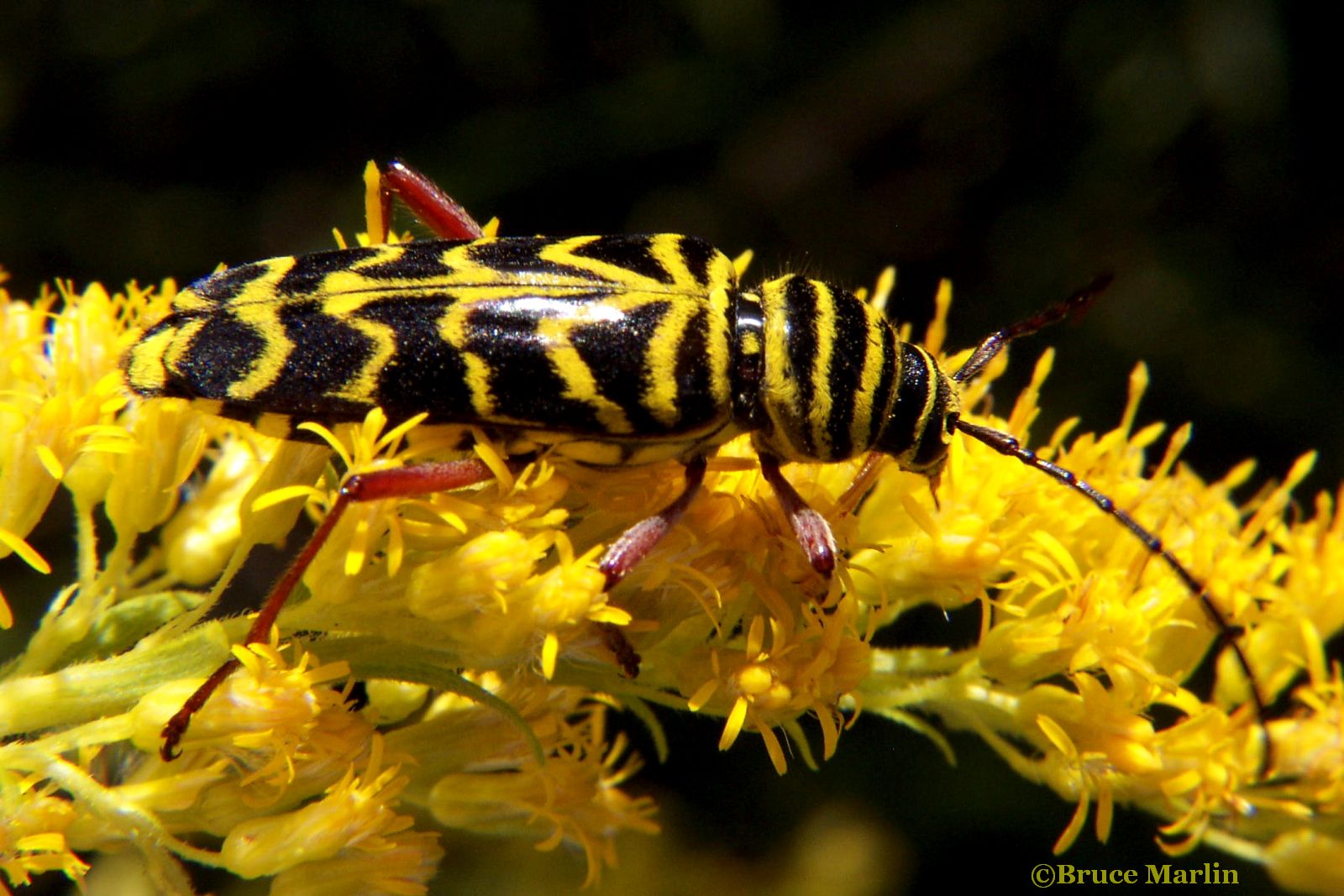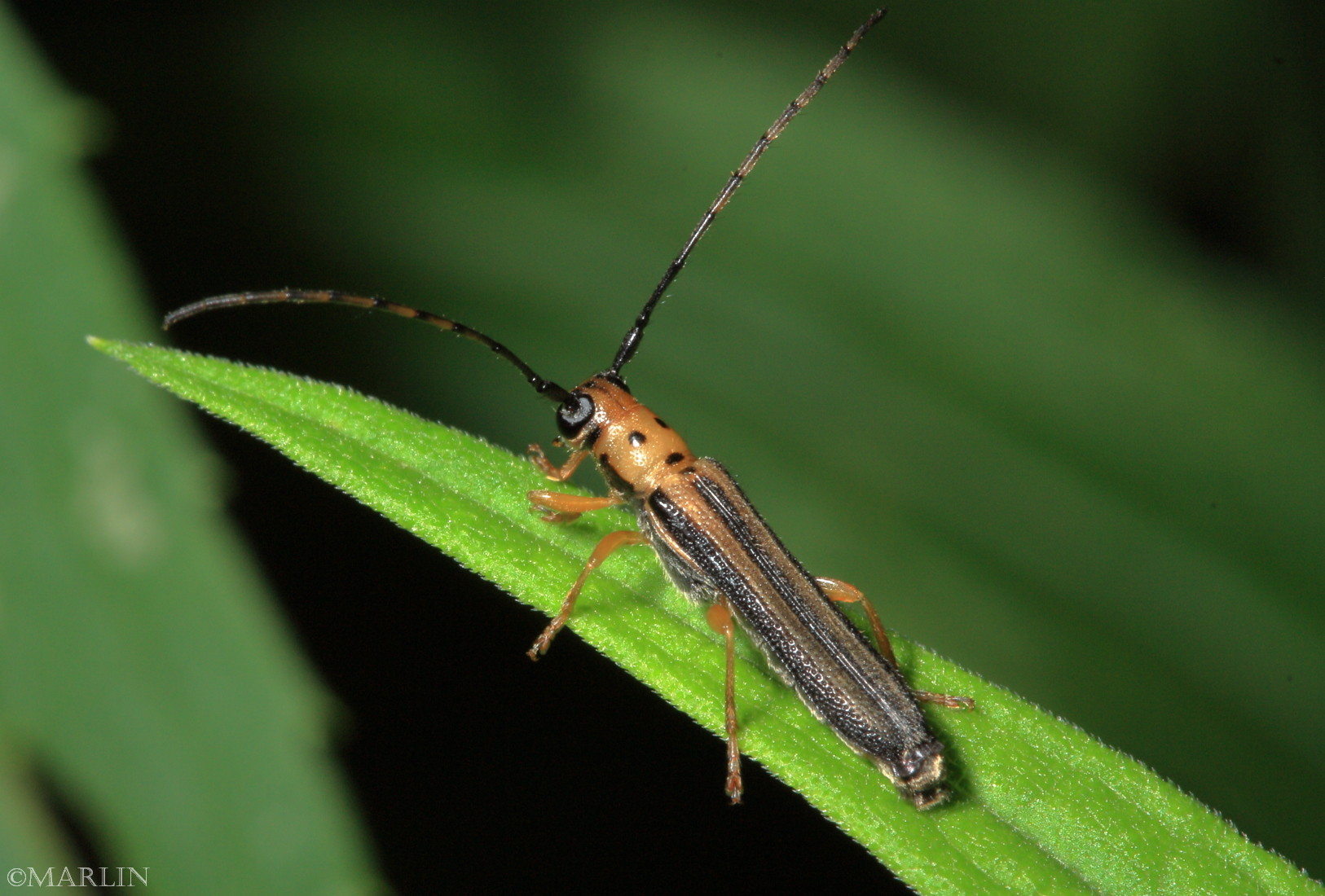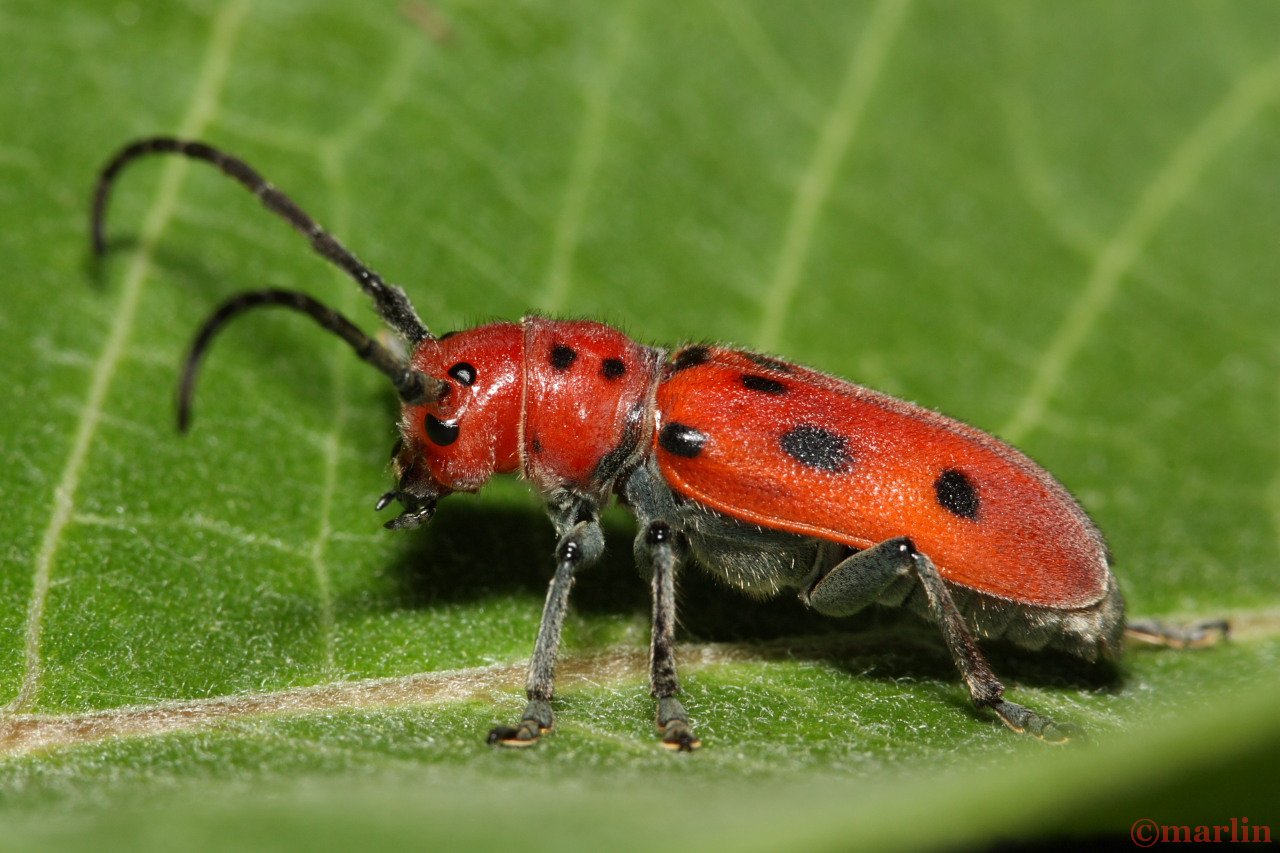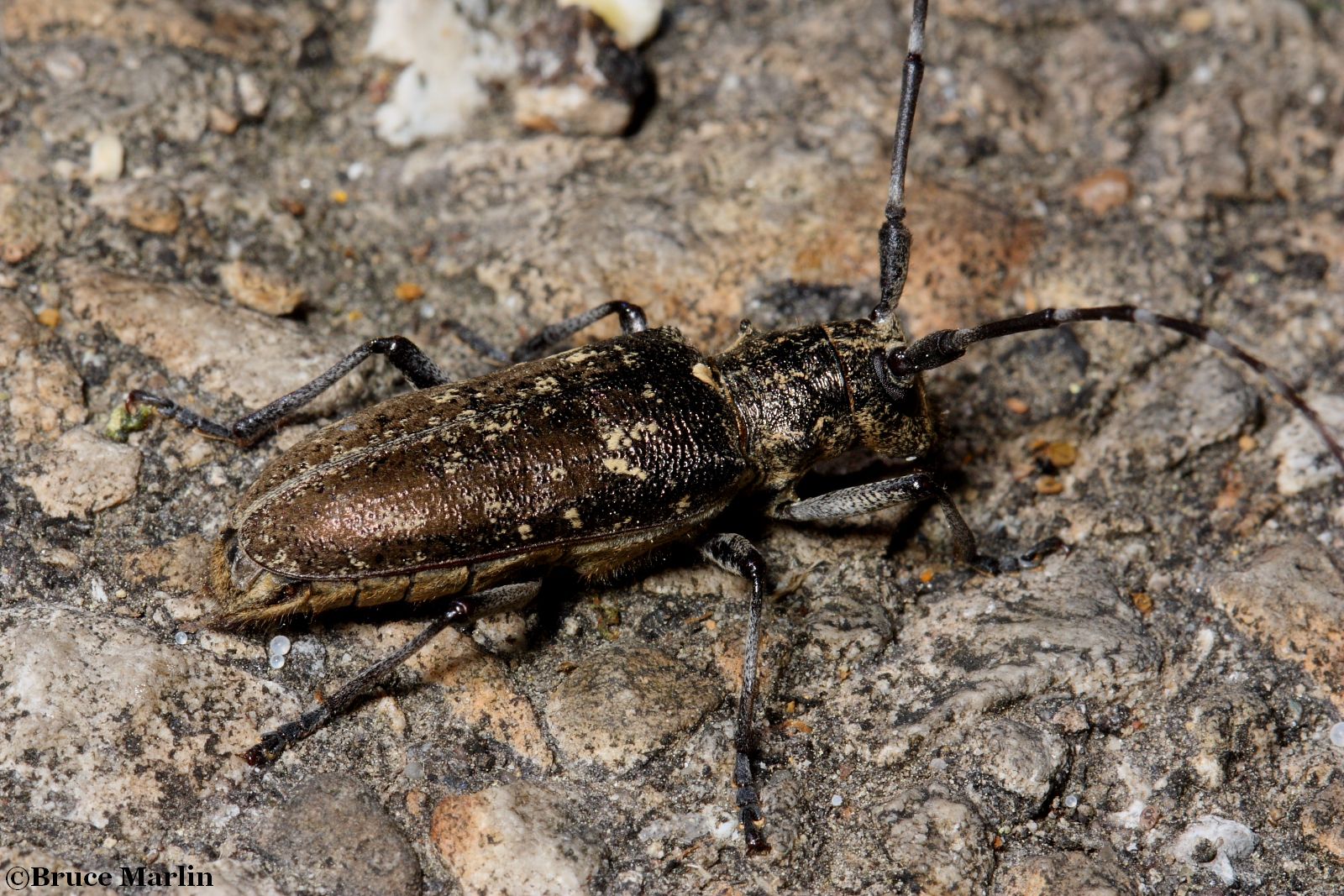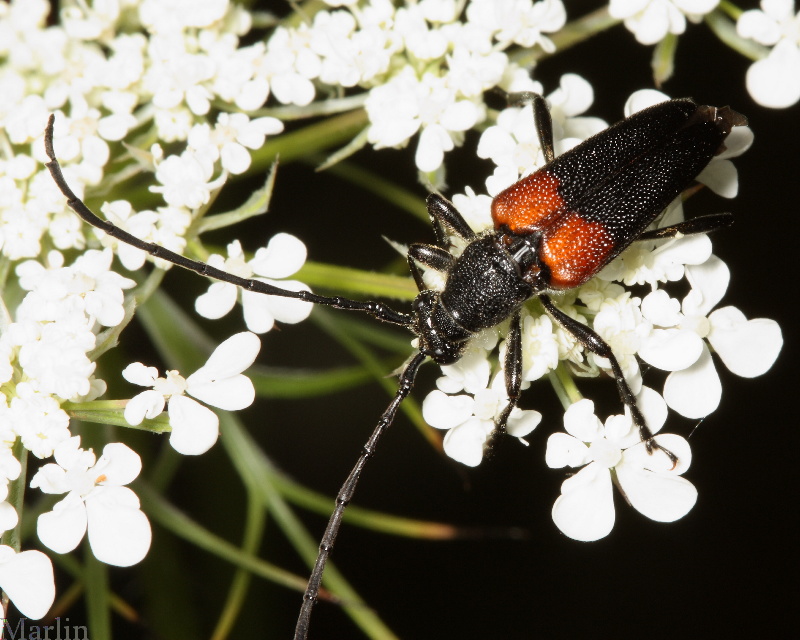Family Cerambycidae – Longhorned Beetles
A vespid wasp mimic, the locust borer is one impressive beetle
Many longhorn beetles are serious agricultural pests, as their larvae have the habit of boring tunnels in wood. Live adult Cerambycids photographed in the wild.
Cerambycidae is a cosmopolitan family of beetles characterized by extremely long antennae, often longer than the beetle’s body. There are over 20,000 species described. Many longhorns are serious agricultural pests, as their larvae have the unfortunate habit of boring wood. The Asian Longhorned beetle, for instance has been responsible for the preventive destruction of thousands of trees in Northern Illinois and other locations in the United States and Canada.
Dogwood Twig Borer Beetle – Oberea tripunctata
With over 20,000 species described, Cerambycidae is a large family. Many are serious pests, with the larvae boring into wood, where they can cause extensive damage to either living trees or untreated lumber. Adult beetles feed on various plants, sometimes causing grave harm to trees. A number of species mimic ants, bees, or wasps (see Locust Borer), though a majority of species are cryptically colored.
The giant long-horned beetle Titanus giganteus, from South America is one of the largest insects with a length of just over 16 centimeters [1].
Red Milkweed Beetle – Tetraopes tetraophthalmus
The Cerambycidae, get their common name from their antennae. Characteristic of this family is the antennae are inserted in close proximity to the eyes, so that most have an indentation of the eye. Tetraopes carries this to the extreme, so that the antennae base actually splits each eye in two, hence its Latin name: Tetraopes tetraophthalmus = four-eyed four-eye.
White-spotted sawyer beetle – Monochamus scutellatus
Most Cerambycidae larvae feed within dead, dying or even decaying wood, but some taxa are able to use living plant tissue. Girdlers (adults of the Onciderini, larvae of genera in the tribes Methiini, Hesperophanini and Elaphidiini) sever living branches or twigs, with the larvae developing within the nutrient-rich distal portion. The larvae of a few species move freely through the soil, feeding externally upon roots or tunneling up under the root crown. Most adult cerambycids, particularly the brightly colored ones feed on flowers and pollen, and as such can be important pollinators of some flowering plants. Other species consume sap, leaves, blossoms, fruit, bark or fungi [2].
Red-Shouldered Pine Borer – Stictoleptura canadensis
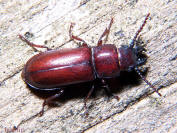 Panandra brunnea |
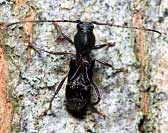 Cyrtophorus verrucosus |
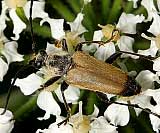 Trigonarthris minnesotana |
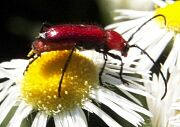 Batyle suturalis |
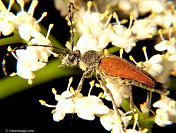 Brachyleptura rubrica |
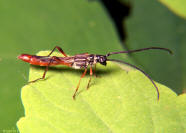 Necydalis melita |
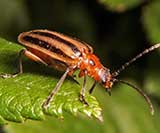 Brachysomida bivittata |
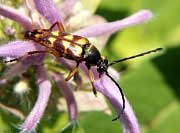 Typocerus velutinus |
Tree Encyclopedia / North American Insects & Spiders is dedicated to providing scientific and educational resources for our users through use of large images and macro photographs of flora and fauna.
Beetles Main | Beetles Index | Longhorns | Leaf Beetles | Soldier | Blister | Lady | Scarab

